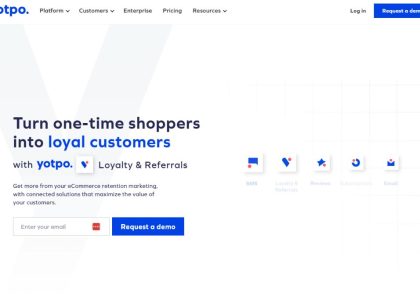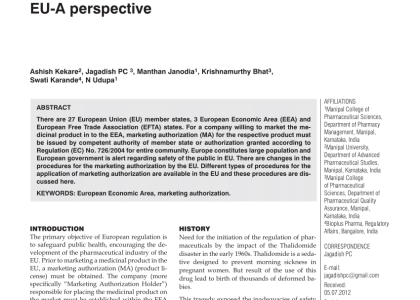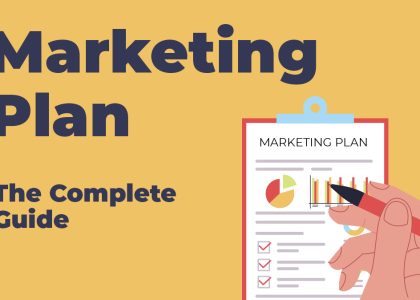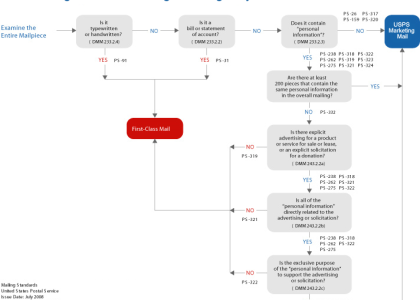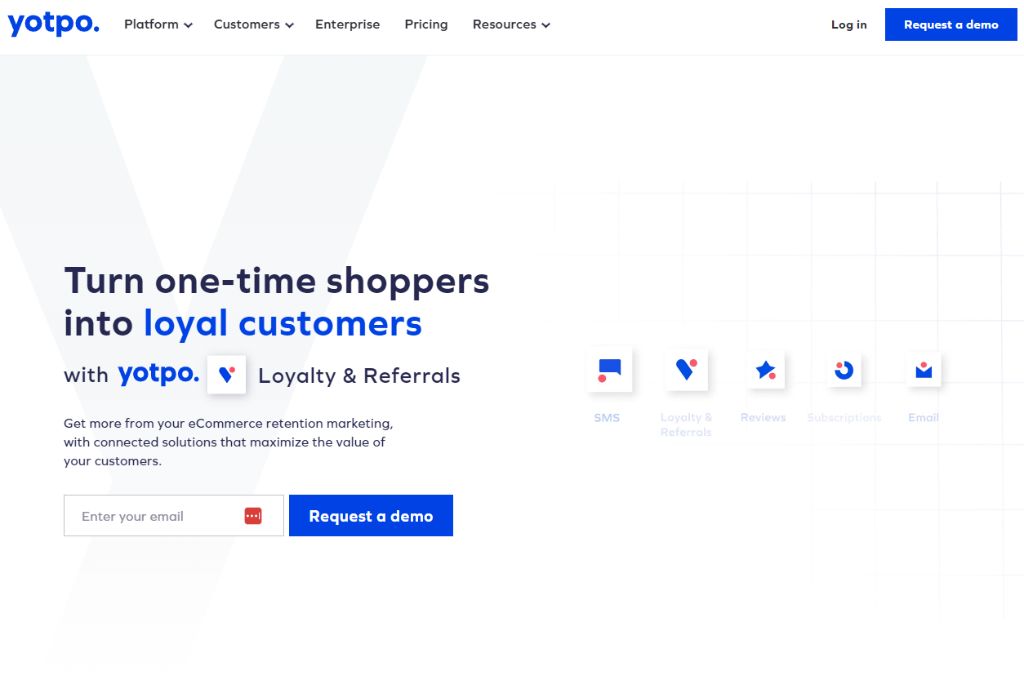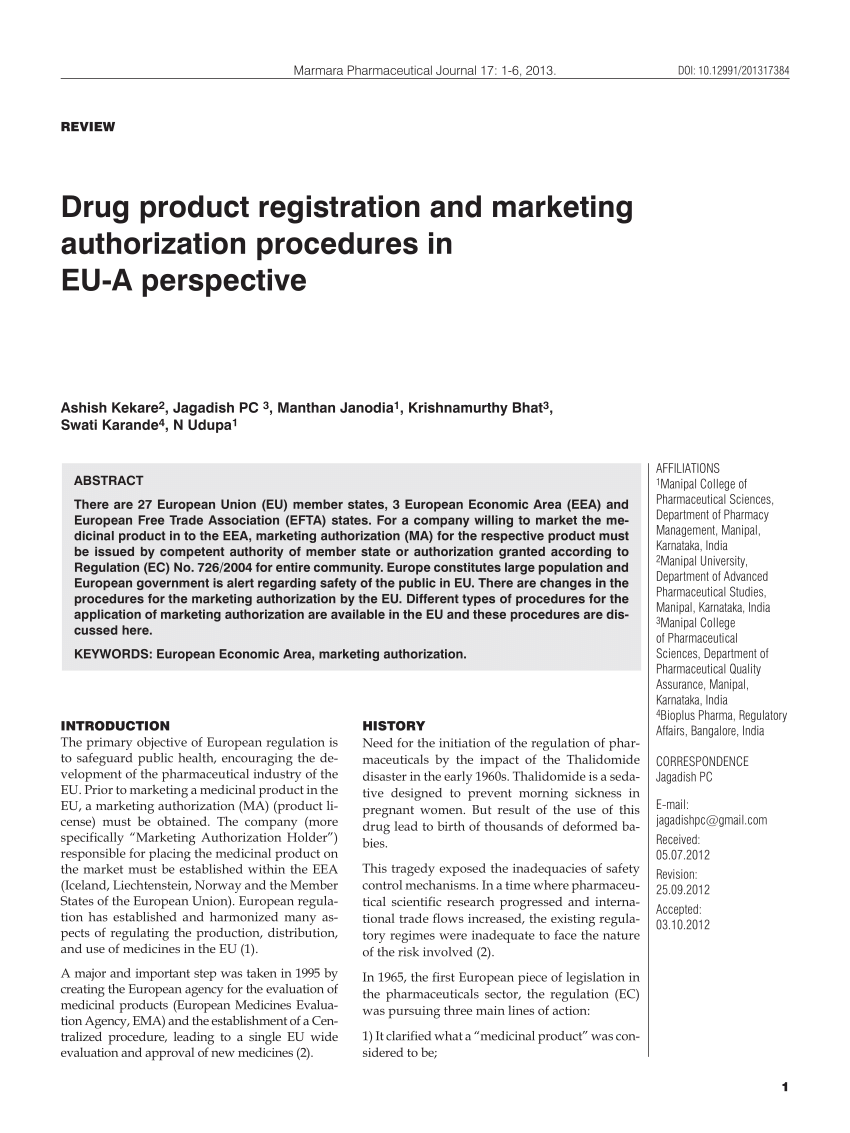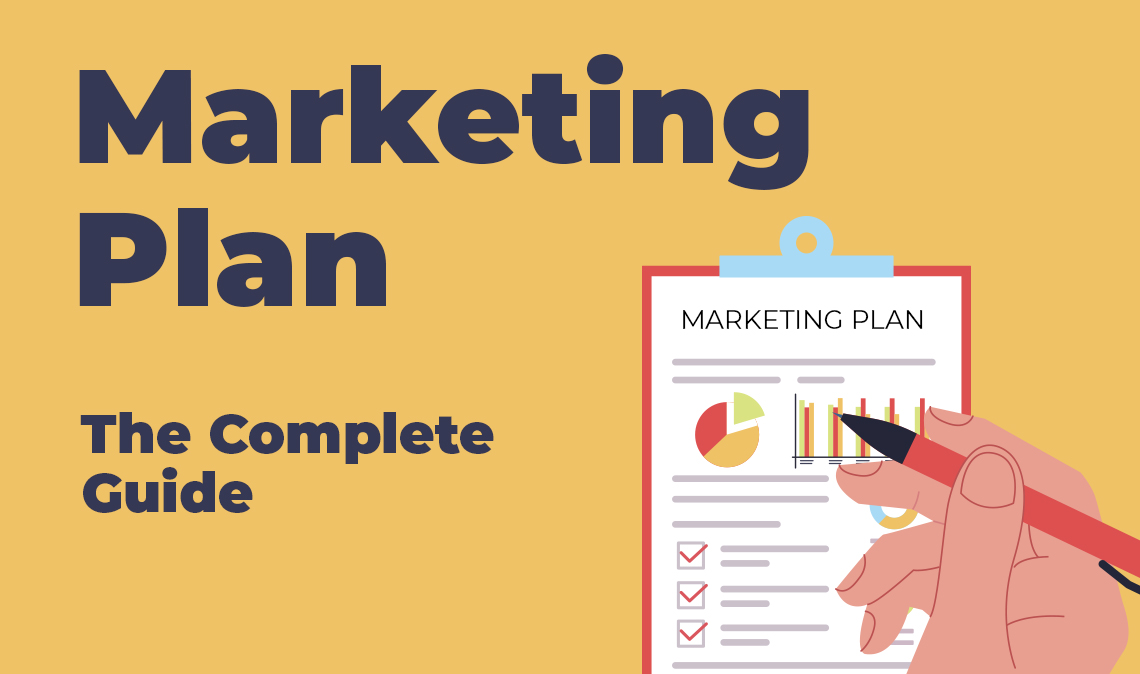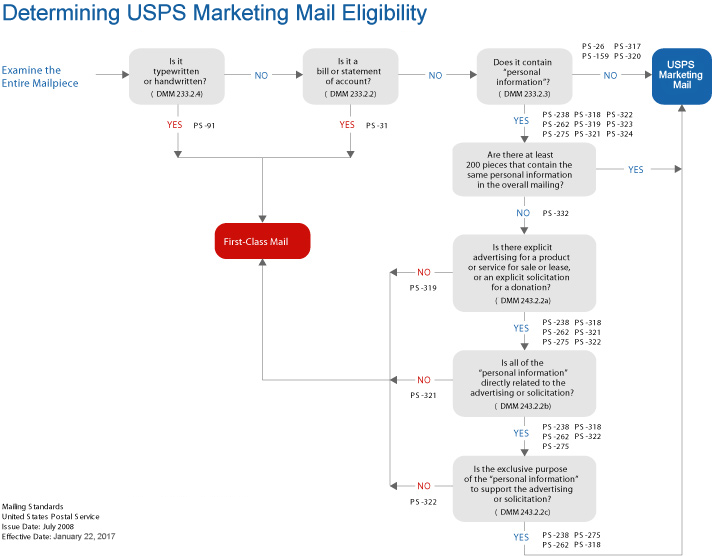In the rapidly evolving digital marketing world, understanding key performance indicators is essential for gaining an edge over competitors. Among these metrics, the conversion rate stands out in its pronounced importance. This parameter is a powerful gauge of a campaign’s or a webpage’s effectiveness in persuading audiences to perform desired actions— including making purchases, signing up for a service, or even clicking on a specific link.
Nevertheless, a situational understanding of Conversion Rate (CR) remains a challenge for many marketers. A nebulous perception of the term often leads to misconceptions and incorrect applications. This article aims to provide an in-depth understanding of this critical indicator, with an emphasis on its pivotal role in shaping digital marketing strategies. We will untangle the importance of conversion rates, their implementation, and strategies for optimizing them to reveal why they are a game-changer in digital marketing.
By applying the insights gathered from analyzing conversion rates, businesses can create more effective marketing campaigns. This data allows companies to understand their audience better, tailor their offerings, and ultimately increase their revenue. Therefore, a comprehensive grasp of this metric is crucial for success in the digital marketplace. Through the course of this article, we will walk you through the various facets of conversion rates, and how they can be harnessed to propel your business to new heights.
Understanding the Key Metric in Digital Marketing: Conversion Rate
Interpreting Conversion Rate
The term Conversion Rate (often abbreviated as CVR) is a crucial measure in the realm of digital marketing. It primarily helps in understanding the effectiveness of digital marketing strategies deployed by a business. To put it in simple terms, it’s a metric that quantifies the percentage of the total user interactions that result in the desired action, such as making a purchase, filling a form or clicking on a particular link.
For any digital marketing campaign to be successful, it is important to monitor various KPIs, and among them, conversion rate holds great significance. It acts as a clear indicator of the efficacy of a policy, campaign, or strategy in driving prospective customers to take the stipulated action.
Mathematics Behind Conversion Rate
The computation of the conversion rate is a straightforward exercise. Dividing the number of successful conversions by the total number of user interactions and then multiplying the resulting figure by 100 gives the conversion rate as a percentage. Let’s illustrate this with a simple example. If an e-commerce site garners 3000 visits and records 60 successful sales, the resulting conversion rate by the following formula equals 2%.
Significance of Conversion Rate
When it comes to digital marketing, CVR is an invaluable yardstick to gauge how well your offer resonates with your target audience. A high CVR not only indicates that your marketing efforts are steering users to accomplish desired actions but also suggests that those users find your offer valuable enough to proceed through the buyer’s journey.
- A high conversion rate shows that your marketing and web design are effective.
- It indicates that you’re reaching the right people with the right message.
- By helping to identify which elements of your site or ad campaign are most effective at driving user action, a high conversion rate can guide future marketing initiatives.
In conclusion, understanding your CVR is crucial to optimising your marketing efforts and driving sales growth.
Significance of Conversion Rate in Online Promotions
The core aim of any marketing campaign is to generate potential leads that transition into profitable customers. This objective necessitates an efficient tool for measuring the campaign’s effectiveness, and this is where the Conversion Rate steps in, playing a pivotal part in online advertising.
Conversion Rate, often denoted as CVR, is a vital standard that acts as the compass guiding digital marketers on their journey towards improved marketing returns. Simply put, it quantifies the proportion of website visitors who take the desired action, be it making a purchase, signing up for a newsletter, or filling up a form.
The Value of Conversion Rate in Digital Marketing
Understanding the essence of Conversion Rate in online promotions enables marketers to: gauge the success of a campaign, refine marketing tactics, and optimize budget allocation. Not leveraging this critical tool can result in undirected efforts, which in turn can lead to wasted time and resources.
- Furnishing a Success Measure: By providing a ratio of website guests who take the preferred action, Conversion Rate serves as a reliable yardstick to evaluate the success or failure of a marketing program.
- Informing Marketing Strategy: Studying the Conversion Rate gives a comprehensive view of the effectiveness of different marketing approaches, helping marketers refine their tactics. As such, a falling Conversion Rate may indicate a need to reassess the marketing strategy, while a rising rate would confirm the current approaches are working.
- Driving Budget Optimization: With the use of CVR, budget allotments can be better informed, directing funds towards the most productive initiatives and away from those not yielding adequate conversions.
Ultimately, Conversion Rate is a robust tool in the digital marketer’s arsenal, facilitating an understanding of customer behavior, refining strategies and optimizing costs for online promotional campaigns.
Impact of Conversion Rate on Business Success
What is the significance of the conversion rate in your company’s prosperity? In digital marketing, conversion rate is a pivotal metric because it gauges the effectiveness of your promotional strategies and customer engagement. The higher your company’s conversions, the better your performance. Delving further into understanding this impact is indispensable.
Operational Efficiency and Revenue Generation: Your business’s operational efficiency can improve dramatically when you have a robust conversion rate. With higher conversion rates, you can be confident that your marketing efforts are fruitful and that they are reaching the right audience. This accomplishment can help bring in more revenue, making your advertising campaigns more cost-effective.
Total customer engagement: A key factor when assessing your business success is customer engagement. If your conversion rate is high, it shows that your customers are not only attracted to your products and services but are also taking the necessary actions to buy them. This increased activity is a clear indicator that you are fulfilling your customers’ needs, thereby boosting your business’s success.
Market domination: If your business has a high conversion rate, it means you’re not only attracting visitors but turning them into customers. This ability can give you a competitive edge and help secure your position in the market. In turn, this market domination can lead to business success and growth.
- An efficient digital marketing strategy that results in a high conversion rate is crucial in driving revenue growth.
- Customer engagement measured through the conversion rate is an excellent gauge of how well your business is meeting its clients’ needs.
- With a high conversion rate, your business can become a dominant force in the market, setting the stage for success and expansion.
In conclusion, conversion rates are a game-changer in digital marketing, depicting your marketing efforts’ success and impacting your business’s overall success. Therefore, focusing on strategies to enhance conversion rates is valuable for any business wishing to thrive in the digital marketing space.
What Factors have an Impact on Conversion Rate in Online Advertising?
Understanding the factors that contribute to conversion rate in online advertising is crucial to optimizing digital marketing strategies. CVR, a vital metric in the realm of digital advertisements, helps ascertain the effectiveness of pay-per-click campaigns and other marketing initiatives. Let’s examine some factors affecting it.
Determinants of Conversion Rate in Online Advertising
Several aspects can manipulate the conversion rate in digital ads. These can be broken down into four primary categories: website design, customer experience, content relevancy, and campaign optimization.
Website design and user experience: A well-designed website can greatly influence the conversion rate. It is important to consider factors like website navigation, load time, mobile-friendliness and overall design aesthetics. A user-friendly interface encourages potential customers to stay longer on the site, increasing the chances of conversion.
Customer experience: This encompasses everything from customer service to user experience. High levels of customer satisfaction can foster consumer loyalty, which can lead to repeat purchases and higher conversion rates.
Content relevancy: The content displayed should be in alignment with what the potential customer is seeking. Irrelevant information can push users away and reduce conversion rates. The content should be high-quality, engaging, and relevant to the user’s needs and interests.
Campaign optimization: The type of campaign, whether pay-per-click, email marketing or social media advertising, and how it is optimized can impact conversion rates. Testing different creative, targeting methods, and bidding strategies can help marketers achieve better conversion rates.
- Website design
- Customer experience
- Content relevancy
- Campaign optimization
In conclusion, it is important to consider these factors when devising a digital marketing strategy. Effectively utilizing these elements can significantly increase conversion rates and, ultimately, the overall success of digital marketing campaigns.
Decoding Your Conversion Rate: What Does an Optimal Conversion Rate Look Like?
In the realm of digital marketing, understanding your Conversion Rate (CR) is indispensable. It is a quantifiable measure of how successful your marketing strategies are in persuading visitors to take the desired action – thereby, ‘converting’. Let’s delve deeper to comprehend what it means and what an optimal or ‘good’ CR looks like.
Understanding Conversion Rate
Conversion Rate (CR), in a digital marketing context, is a key performance indicator. This metric portrays the percentage of your website’s visitors who complete a certain goal out of the total number of visitors. The objective in question could range from making a purchase, signing up for a newsletter, downloading a PDF, to watching a video.
Determining your CR is an unambiguous process. The formula to calculate CR is the number of conversions divided by the total number of visitors, multiplied by 100. This percentage gives you a clear picture of your digital marketing efficacy.
What Constitutes a ‘Good’ Conversion Rate?
Ascertaining what counts as a ‘good’ CR is not straightforward. CR varies widely by industry and business model. However, some benchmarks can be used to measure your CR’s health.
- A CR exceeding 2% is generally considered good for the e-commerce industry. However, the top 25% of companies have a CR of 5.31% or higher, and the top 10% achieve a remarkable 11.45% or more.
- For B2B companies, a 2-5% CR is typical, climbing to 5-10% for the top performers.
- Regarding landing pages, the average CR is around 2.35%. However, the top 25% reach 5.31% or more, with the top 10% achieving an astounding 11.45% or more.
Remember, beyond these benchmarks, continuous improvement is key. Even if your CR is considered ‘good’ by industry standards, there is always scope for optimization. The ultimate question is, are you converting more today than you were yesterday? That’s the true measure of success.
The Interrelation of Conversion Rates and Return on Investment in Digital Marketing
In the world of digital marketing, the relationship between conversion rate efficacy and the return on your marketing investment is inextricably intertwined. In essence, the efficiency of the conversion rate is often a strong indicator of potential Return on Investment (ROI). The success or failure of a marketing campaign can largely depend on thoroughly understanding this relationship.
The Influence of Conversion Rates on ROI
Conversion Rate Measurement (CRM) is an important tool for determining the success of online marketing campaigns. It primarily tracks the number of potential customers taking the desired action, such as making a purchase or filling out a form. It’s essential to note that having a substantial conversion rate doesn’t just signify good numbers; it also directly links to the return on investment obtained.
On the other hand, Return on Investment (ROI) is a measure used to evaluate the efficiency or profitability of an investment. In the field of digital marketing, ROI not only measures the returns of a particular campaign but also helps marketers make more informed decisions regarding where to allocate resources for maximum profit.
Increasing your conversion rates will ideally lead to a higher ROI. Given that ROI measures the profitability of an investment, it naturally increases with more successful conversions. Simple math indicates that if more visitors to your site convert into customers, the investment in attracting them to your site pays off exponentially. The crucial role of understanding and improving CRM in digital marketing cannot be overstated, especially when seeking an impressive ROI.
| Conversion Rates | ROI |
| Measures the percentage of potential customers who take a desired action. | Determines the profit made from the investment put into a marketing campaign. |
| Higher conversion rates mean more successful leads or sales. | Increased ROI is a result of successful conversions generating more profit. |
Thus, an effective way to increase ROI is to focus on improving conversion rates. Whether this is through optimizing landing pages, tweaking ad content, or investigating data for customer behavior patterns, a keen focus on conversions can significantly impact the returns on your digital marketing investment.
Strategies to Optimize Conversion Rates in Your Promotional Measures
Boosting conversion rates is an integral part of a winning digital marketing strategy. A higher Conversion Rate demonstrates a successful marriage of SEO, content marketing, and web design. Here are a few strategies to ensure that your promotional efforts result in a considerable increase in conversions.
Master the Art of Personalization
Personalization plays a powerful role in boosting Conversion Rates. It implies providing your audience with unique experiences based on their preferences and behaviors. A personalized approach might involve tailoring website content, email marketing, and product recommendations to meet individual user interests and needs.
- Improve Your Website’s User Experience: An intuitive and user-friendly website can significantly drive up conversion rates. Ensure your site navigation is easy and the information is accessible and clear. Faster loading times, mobile optimization, and clean, simple designs often result in higher conversions.
- Run A/B Tests Regularly: A/B testing involves changing one aspect of your content to see how different variations perform. This could be as simple as adjusting a headline or as complex as redesigning an entire landing page. Results from these tests can help refine your marketing tactics, enabling you to understand better what engages your audience and drives conversions.
- Engage with High-Quality Content: Quality content not only attracts users but also convinces them to convert. Powerful, engaging content resonates with the audience, enhances brand reputation, and drives users to act. Make sure your content is original, informative, and consistent to ensure higher conversions.
- Have a Clear Call-to-Action: A clear and persuasive Call to Action (CTA) prompts users to take a specific action on your site, leading to higher conversions. The wording, color, and position of your CTAs can greatly influence your Conversion Rates.
In conclusion, improving your conversion rates is a multifaceted task that requires customizable strategies. By focusing on personalization, user experience, consistent testing, high-quality content, and persuasive CTAs, you can significantly boost your Conversion Rates, thus, optimizing your marketing efforts.
Enhancing Conversion Rates through A/B Experiments
Digital marketing campaigns can greatly benefit from the optimization of Conversion Rate (CVR). This crucial component measures the action taken by a potential customer on a digital advertisement or website. Understanding this percentage helps businesses convert potential online visitors into customers, making CVR one of the most important performance marketing parameters. A notably effective method to enhance CVR is the use of A/B testing.
Implementing A/B Testing for Better Conversion Rates
The process of A/B testing entails producing two different versions of an advertisement or web page (version ‘A’ and version ‘B’). These versions are then exposed to the same target audience at the same time. The performance of each version is then tracked to see which one drives more conversions. This offers a clear and objective metric to determine which type of content performs best with your audience. This data-driven approach empowers businesses to make informed decisions about their digital marketing strategy.
Benefits of A/B Testing for Conversion Rate Optimization
- Identifies the most effective content, design, or layout that maximizes conversions.
- Contributes to the creation of a smooth and optimised User Experience (UX) which boosts customer engagement and interaction.
- Helps in understanding the preferences and behavior of the target audience.
- Reduces bounce rates and cart abandonment by identifying elements that discourage users.
A/B testing’s effectiveness in optimizing CVR can’t be underestimated. By using A/B testing, digital marketers can leverage real, quantifiable data to make their content more appealing to potential customers, boosting their conversion rates and ultimately, their bottom line.
Exploring Success Stories: Elevating Conversion Rates in Digital Marketing
With the rising importance of digital marketing strategies for business growth, one cannot overlook the critical role of the conversion rate. Here are few success narratives illustrating the practical application and optimization of conversion rate for fruitful results.
Revamping a Fashion E-commerce Website
The first example involves a well-liked fashion eCommerce firm. It was grappling with a low conversion rate of 0.7%, which is significantly below the industry norm of 2-5%. After in-depth investigation, it was found that a dense and confusing website layout was causing difficulty for users to navigate through the site fluently.
By altering the design and simplifying the overall user interface, the table turned around. The leap was significant, and they achieved a 3.5% conversion rate compressing the disconnect between themselves and their customers with a more immersive web UI.
Balancing UX and Marketing Tactics for a News Outlet
Another media news outlet brand had a decent website footfall, yet the conversion rate was languishing at around 1%. A considerable amount of site traffic bounced off the landing page due to intrusive pop-up advertisements. The marketing team did an extensive website audit and devised a strategy to balance user experience and promotional practices. Rather than presenting pop-ups immediately, they decided to show it following an average dwell time. Within a month, the website’s conversion rate increased by 3% reflecting a successful balance between advertising revenue needs and customer experience.
Enhancing Brand Recognition for a Local Bakery
Local businesses can also benefit from a focus on digital conversion rate optimization. A bakery situated in a growing urban area required a meaningful way to connect with its community digitally. By establishing an easy-to-access online order service and adding high-quality pictures of their hand-made products, the bakery boosted customers’ engagements, thus enhancing their conversion rates. Marketing campaigns were then launched to increase brand recognition, leading to a conversion rate improvement by 4% within a few weeks.
These case studies emphasised the importance of conversion rates in digital marketing, showing that necessary measures, be it good user experience, smart advertising tactics, or local digital influence, can lead to exceptional improvements in the conversion rates.
Utilizing Advanced Tools to Monitor and Evaluate the Conversion Rate in Your Marketing Endeavors
The success of any digital marketing campaign heavily relies on monitoring and analyzing the conversion rate, an essential metric that measures the effectiveness of your marketing techniques. With the evolution of digital marketing, various advanced tools and platforms have surfaced that empower marketers to track and scrutinize their campaign’s conversion rate effectively.
Google Analytics
One of the most prevalent tools in this niche is Google Analytics. This tool allows you to evaluate not just the traffic but the quality of traffic coming to your website. When effectively harnessed, Google Analytics can provide in-depth insights into every component that contributes to your conversion rate.
Clicky
Another tool that offers real-time tracking is Clicky. This web analytics tool enables you to analyze a wide range of metrics, including the time spent by visitors on your site, their browsing patterns, and the actions they perform before converting.
Optimizely
For those who are into A/B testing, Optimizely is a must-have tool. It permits you to experiment with different elements of your digital marketing campaign and check which one produces the highest conversion rate.
AdEspresso
If your campaign heavily relies on social media, particularly Facebook, you should consider AdEspresso. This tool helps you create, manage, and optimize your Facebook Ads, ultimately improving your CVR.
In conclusion, tracking and analyzing your campaign’s conversion rate is of utmost importance if you want your digital marketing efforts to bear fruit. With numerous sophisticated tools available, it becomes significantly easier to monitor user behavior, experiment with different strategies, and ultimately enhance your conversion rate.
Anticipated Future Directions in CVR Formula
In the fast-evolving world of online advertising, accurately predicting the future trends is an essential activity. It enables businesses to stay ahead of their industry and remain competitive. Especially in the context of conversion rate optimization, or, in abstract terms, enhancing the chances of an online visitor turning into a customer, it is highly important to be up-to-date with the latest advancements.
The first substantial trend that experts are seeing is artificial intelligence’s (AI) increased use in predicting conversion patterns. The integration of AI and machine learning into digital advertising tools is making way for highly targeted and effective campaigns. These smart algorithms analyze the customer’s past behavior and predict the likelihood of a conversion.
This leads us to another noticeable direction – personalization. As technology evolves, customers have come to expect tailor-made suggestions and communications that resonate with their preferences. Incorporating this trend into conversion enhancement techniques helps to reduce bounce rates and increase the probability of a conversion. As personalization intensifies, so would individualized advertising and predictive recommendation systems.
- Artificial intelligence and machine learning
- Personalized marketing
- Predictive recommendation systems
Moreover, there’s been a marked increase in the use of data analytics in digital marketing. Proper utilization of customer data can reveal useful insights about customer preferences, behavior, and conversion triggers. Employing such analytics-based insights to create more engaging and targeted marketing content is indeed the future of conversion enhancement strategies.
To summarize, the future of the online advertising industry, especially in relation to conversion improvement, is primarily moving towards advanced technology usage, higher personalization, and robust analytics-driven strategies.
Uncovering the Potential Challenges of Enhancing Conversion Rate and Strategies to Overcome Them
In the sphere of digital marketing, optimizing the conversion rate is of paramount importance. However, numerous hidden hurdles can impact this process adversely. Understanding these potential obstacles and determining strategic solutions is essential for marketing success.
Unforeseen Difficulties in Enhancing Conversion Rates
A common pitfall is the misunderstanding of target audience needs. If your digital marketing efforts are not resonating with your potential customers, your conversion rate is likely to suffer. In addition, a lack of clear, compelling calls-to-action (CTA) can deter potential conversions.
Further, an ineffective or complicated checkout process can drastically reduce conversions. If users find the process tedious or time-consuming, they’re less likely to complete it, causing your conversion rate to plunge.
Lastly, overlooking mobile users or having a site that’s not mobile-friendly is another significant drawback. With more and more people utilizing mobile devices to access online content, failing to cater to this demographic can severely impact your conversion rates.
Strategies to Counteract These Pitfalls
To increase your conversion rates effectively, take the time to gain a deep understanding of your target audience. Utilize market research and customer feedback to tailor your marketing efforts directly to their needs and preferences. In addition, creating clear, concise CTAs can guide your potential customers through the conversion process, increasing the likelihood of successful conversions.
Streamlining your checkout process can also have a significant impact on your conversion rates. Ensure that it’s as straightforward and user-friendly as possible to reduce the chance of customer drop-off.
Finally, ensuring that your site is optimized for mobile use is essential in today’s digital landscape. Responsive web design and mobile-friendly site layouts can greatly enhance the user experience for mobile users and potentially boost your conversion rates.
FAQ: What is cvr marketing
What is CVR and how is it calculated in marketing?
CVR stands for Conversion Rate, a key marketing metric. It is calculated by dividing the number of conversions by the number of impressions or visits and expressing the result as a percentage.
How does CTR differ from CVR in digital marketing?
CTR stands for Click-Through Rate, which measures the percentage of clicks on a link or ad compared to the number of impressions. CVR, on the other hand, measures the percentage of users who take a desired action after clicking.
Why is a high CTR and low CVR a concern in a marketing campaign?
A high CTR and low CVR indicate that while many users are clicking on an ad or link, few are completing the desired action. This scenario suggests issues with landing page relevance, user experience, or offer alignment.
Can tracking tools impact your CVR?
Tracking tools can significantly impact your CVR by providing insights into user behavior and interaction with marketing content, allowing for targeted optimizations and improvements in conversion strategies.
What does a higher CVR indicate about a website or marketing campaign?
A higher CVR indicates that a greater percentage of website visitors or campaign recipients are taking the desired action, such as making a purchase or signing up, which reflects effective targeting and persuasive messaging.
How can various marketing efforts like CVR marketing improve sales for your business?
Various marketing efforts that focus on optimizing CVR can improve sales for your business by increasing the efficiency of converting interested prospects into paying customers, thereby maximizing the revenue from existing traffic.
What role does CVR play in evaluating the success of digital marketing strategies?
CVR plays a crucial role in evaluating the success of digital marketing strategies as it directly measures the effectiveness of these strategies in driving conversions and achieving business objectives.
How can one use CVR data to optimize marketing campaigns?
CVR data can be used to optimize marketing campaigns by identifying which strategies are most effective at converting users, allowing marketers to refine their targeting, messaging, and overall approach to improve conversion rates.
What are the various types of CVR and how do they differ?
Various types of CVR include website conversion rates, email marketing conversion rates, and ad campaign conversion rates, each measuring conversions in different contexts and platforms.
How can CVR marketing efforts lead to increased revenue for your business?
CVR marketing efforts, focused on improving the rate at which prospects convert into customers, can lead to increased revenue by making marketing initiatives more effective and maximizing the return on investment.
How do you calculate CVR in a marketing campaign?
To calculate CVR (Conversion Rate) in a marketing campaign, use the formula: CVR = (Number of Conversions / Number of Total Clicks) x 100. This formula expresses the CVR as a percentage.
What are some effective strategies to improve CVR for a website?
To improve CVR for a website, optimize landing pages for usability and relevance, conduct A/B testing to find the most effective elements, and ensure clear calls-to-action that guide visitors towards the desired conversion.
How can a business calculate the conversion rate for its website CVR?
To calculate the website CVR, divide the number of conversions (like sales or sign-ups) by the total number of visitors and multiply by 100 to get the percentage.
What is considered a good CVR in marketing?
A good CVR in marketing varies by industry and campaign type, but typically, a CVR between 2% to 5% is considered healthy. However, the higher the CVR, the better.
Why is it important to track CVR in marketing campaigns?
Tracking CVR in marketing campaigns is important because it helps marketers understand how effectively their campaigns are converting visitors into customers, allowing for data-driven decisions to optimize performance.
What does a low CTR and high CVR indicate in a marketing campaign?
A low CTR (Click-Through Rate) and high CVR indicate that while the campaign may not be attracting a large audience, it is highly effective at converting those who do click into customers.
What insights does tracking your CVR provide in marketing?
Tracking your CVR provides insights into how well your marketing efforts are leading to desired actions, such as purchases or sign-ups, helping you understand the effectiveness of your messaging and targeting.
How can CVR optimization improve a marketing campaign?
CVR optimization can improve a marketing campaign by increasing the efficiency of converting leads into customers, which ultimately leads to higher sales and better use of marketing resources.
In what ways can a marketing team use CVR marketing to enhance campaign value?
A marketing team can use CVR marketing to enhance campaign value by focusing on targeting strategies likely to convert, creating more personalized content, and continuously testing and refining campaign elements for higher conversion rates.
How can various CVR marketing strategies impact the success of a business?
Various CVR marketing strategies, when successfully implemented, can significantly impact the success of a business by driving more conversions, increasing revenue, and ensuring that marketing efforts lead to tangible results.







